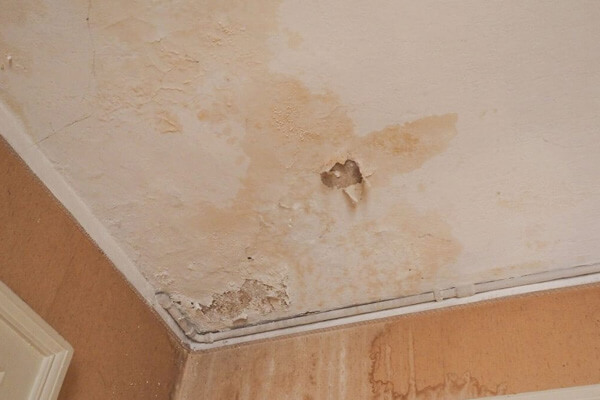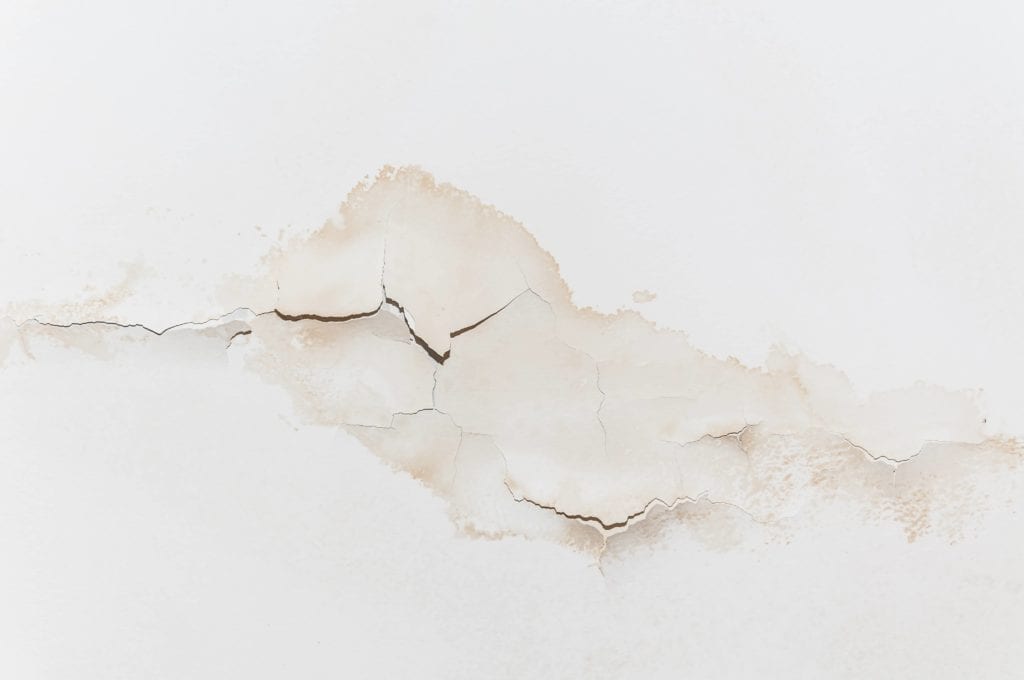What're your ideas about Indicators of Water Damage Behind Walls?

Water discolorations on walls are not pleasurable to the eyes. Sometimes it seems virtually unavoidable to experience water discolorations on walls in houses.
Home owners living in damp areas constantly take care of the concern of water discolorations on walls. That does not have to be the instance for you. With all-around as well as exact details on the causes of water stains as well as punctual repair processes, you will constantly be an action ahead of such occurrences. So, this short article guarantees to be a handy overview for you.
3 Typical Root Causes Of Water Spots on Wall Surfaces
Unlike common belief, water discolorations on wall surfaces do not constantly originate from inadequate structure products. There are numerous causes of water stains on wall surfaces. These consist of:
Poor Water drainage
This will prevent water from seeping right into the wall surfaces. This web links to extreme dampness that you notice on the walls of your structure.
The leading reason of wet walls, in this case, can be an inadequate drain system. It can likewise be due to poor monitoring of sewer pipelines that run through the building.
Wet
When warm damp air meets with dry cool air, it triggers water droplets to form on the wall surfaces of buildings. When there is heavy steam from cooking or showers, this takes place in washrooms as well as kitchen areas. The water droplets can tarnish the surrounding walls in these parts of your home and also spread to various other locations.
Wet or condensation impacts the roof covering and wall surfaces of buildings. When the wall surface is wet, it develops a suitable setting for the growth of germs and fungis.
Pipeline Leaks
A lot of residences have a network of water pipes within the walls. It always raises the stability of such pipelines, as there is little oxygen within the wall surfaces.
Yet, a downside to this is that water leakage affects the walls of the building as well as triggers extensive damage. An indicator of malfunctioning pipelines is the look of a water discolor on the wall surface.
Water Spots on Wall Surface: Repair Tips
Property owners would typically desire a quick fix when taking care of water discolorations. Yet, they would soon recognize this is detrimental as the water spots persist. So, below are a couple of handy tips that will certainly assist you in the repair service of water spots on walls:
- Constantly deal with the source of water discolorations on wall surfaces
- Involve the assistance of expert repair work services
- Practice routine hygiene and also clean stopped up sewage systems
- When building a home in a water logged location, make sure that the employees carry out proper grading
- Tiling areas that are prone to high condensation, such as the bathroom and kitchen, aids in minimizing the build-up of damp
- Dehumidifiers are additionally useful in keeping the dampness levels at bay
Pro Pointer
A houseplant in your house likewise increases its moisture. So, if your house is currently humid, you might intend to introduce houseplants with marginal transpiration. An instance of suitable houseplants is succulents.
Conclusion
No one wants to have water discolorations on wall surfaces in their home, it can take place to the finest of us. This short article provides you leverage, as you currently understand how to manage this incident if it does occur.
It is constantly best to recruit professional solutions to help deal with the problems in your home.
Occasionally it seems almost inescapable to experience water stains on wall surfaces in houses.
In contrast to prominent belief, water spots on walls do not constantly stem from poor structure materials. There are numerous causes of water discolorations on walls. The water beads can discolor the bordering walls in these components of your house and also spread to various other areas.
Right here are a few practical tips that will certainly guide you in the repair service of water stains on wall surfaces:
How to Fix Water Stains On Walls
Water stains on walls aren’t something anyone enjoys to look at in their home. It might seem like an easy option to just paint over the stain, but it will take more than that. It’s very important to determine if there is an ongoing problem causing the stain, and fixing that before you go any further. If you don’t follow the steps, you could have more problems down the line.
Solve the Underlying Issue
Water stains on walls are a big sign of water damage. Seeing this is your signal to find out where the water could be coming from. Most likely this is due to a leak somewhere in your plumbing, but there could be other causes. These problems can be from somewhere outside your home as well. If you can’t determine where the leak is coming from, call your local plumber to find the leak and repair it.
Here are some common reasons water damage can occur:
- Plumbing failures
- Construction failures
- Natural events
- Appliance failures
Dry the Area
Once you’ve fixed the underlying problem, you need to make sure the area is completely dry. You can do this using dehumidifiers and fans. Place the dehumidifier on the highest setting in between two fans. Depending on how large the stain is, it can take hours to completely dry. Even if the wall only feels a little damp, it’s still important to fully complete the drying process. If you’re in count, go ahead and allow the fans and dehumidifier to run overnight.
Remove Loose Material
Water stains on walls may be covering more damage than what you can see. Use a painter’s knife or a putty knife to scrape away at any loose paint or material from the wall. If the damage is minor, you will just be scraping away at the layers of paint. If the damage is more prominent, you may need to scrape away deeper into the wall to remove all the damaged material.
Clean the Area With Bleach
Once you’ve removed all the damaged material and the water stains from the walls, use a bleach mixture to sanitize the area. If it’s not sanitized, it can lead to mold. Carefully wipe down the area to avoid letting bleach drip onto your floors or furniture. Make sure when you are cleaning the area to get into every crevice to ensure mold will not be able to grow. After you have done this, allow it to air dry completely before moving to the next step.
Repair the Wall if Needed
Now that the area is cleaned, it’s time to repair the wall. If you had to scrape away at more than just the paint on the wall, you will need to use drywall mud to fill in any cracks, dents, or crevices. Use your painter’s knife to smooth it over and let it dry. Use some sandpaper to sand it down to make it even with the wall. If you need to do a few layers, that’s completely fine. Just make sure to allow it to dry between each layer.
https://www.1tomplumber.com/how-to-fix-water-stains-on-walls/

Do you appreciate reading up on How to Find and Repair Water Leaking in the Wall? Try to leave feedback further down. We would be interested to find out your reactions about this write up. We are looking forward that you come back again before long. Enjoyed our write-up? Please share it. Help others check it out. We cherish reading our article about How to Remove Water Stains from Walls and Ceilings.
Call
Comments on “Erase The Trace - Spotting And Repairing Water Stains On Walls”